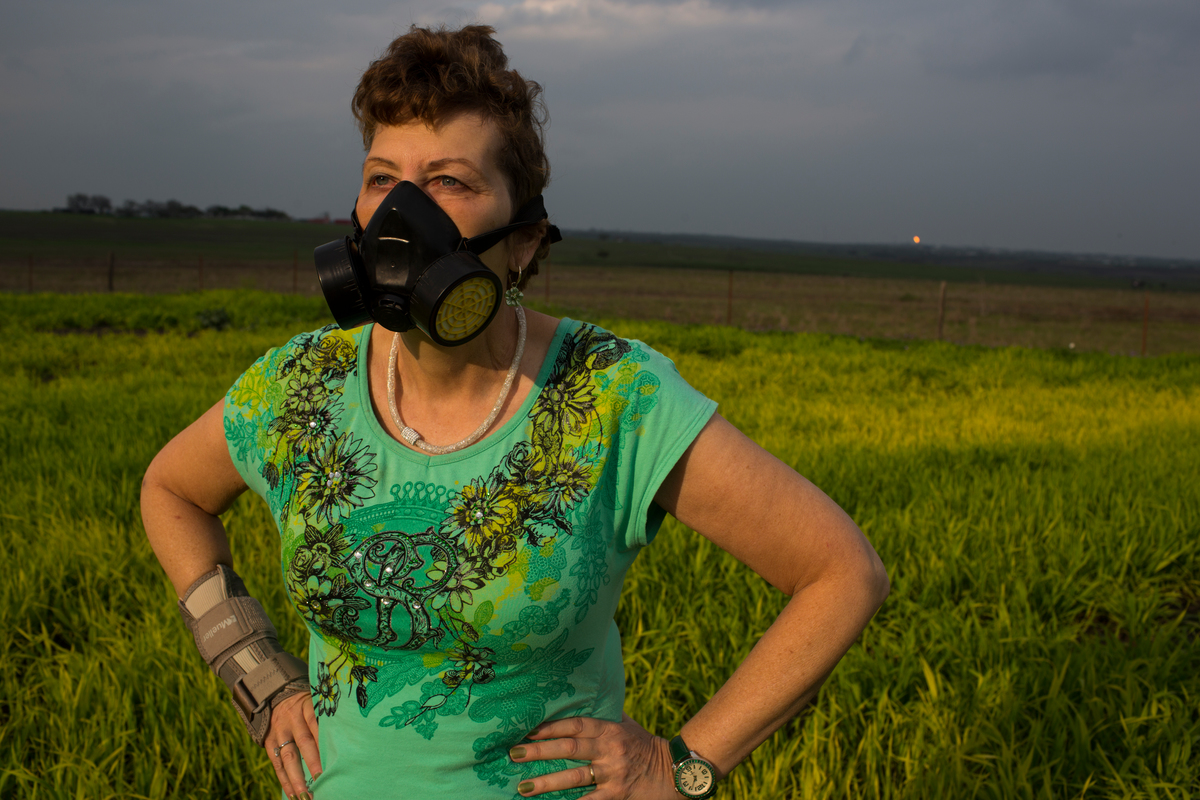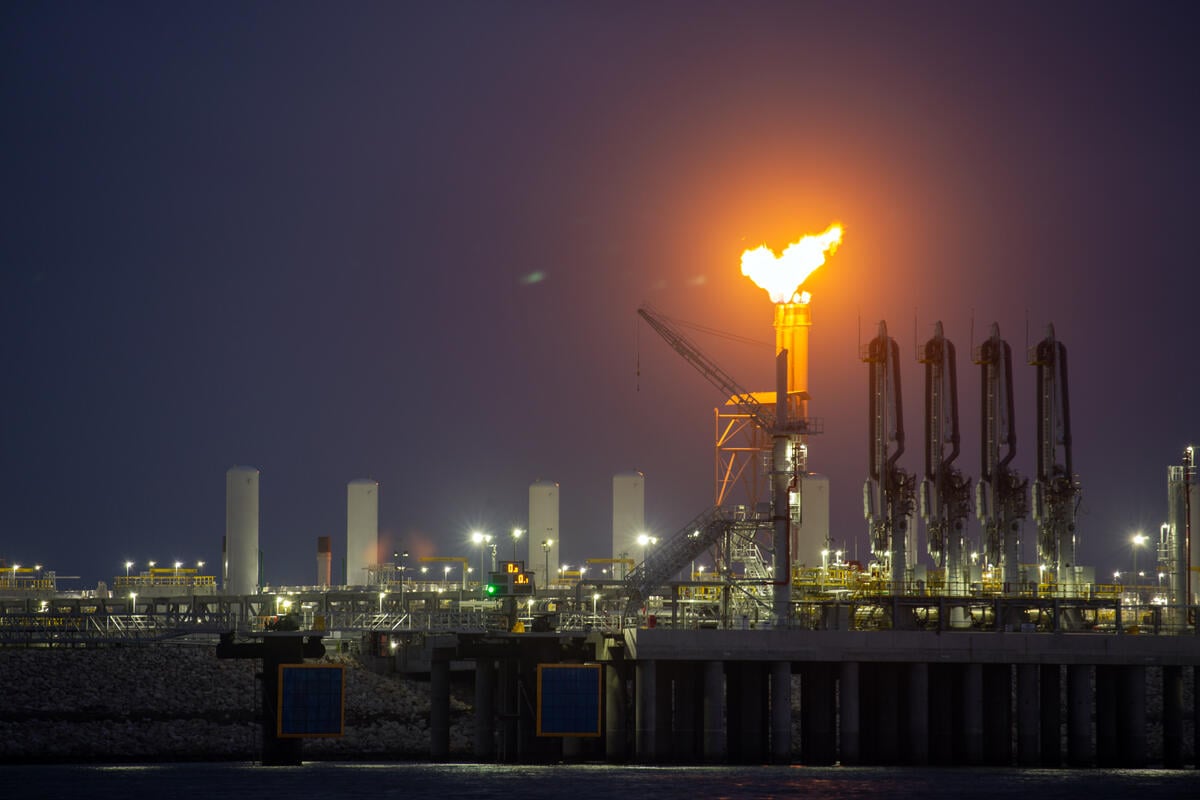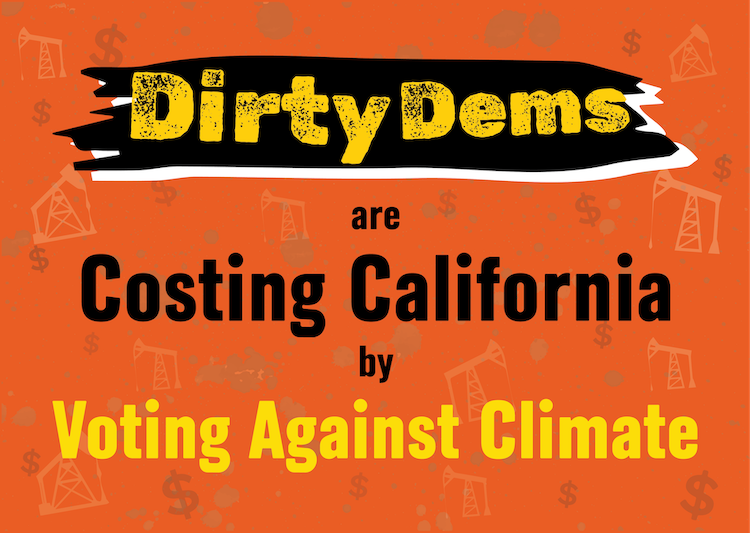
Natural gas emits less carbon dioxide than coal and other fossil fuels. This has led to widespread support for replacing other fossil fuels with methane, the main component of natural gas. There’s only one catch—methane is actually a far more potent greenhouse gas than carbon dioxide.
While it is true that natural gas, when burned, emits less carbon dioxide than other fossil fuels, carbon dioxide is not the only greenhouse gas. Unfortunately, methane’s contribution to climate change is routinely misreported by the media and government agencies. Recent science has shown that methane, when released into the atmosphere, is 86 to 105 times as powerful as carbon dioxide at disrupting the climate over a 20-year period.
The EPA and most news reports underestimate the impact methane emissions will have on the climate by using a 100-year timescale that the Intergovernmental Panel on Climate Change (IPCC) has deemed has no scientific justification, and using an obsolete Global Warming Potential to describe methane’s impact on the climate.
Methane’s global warming potential
Methane is the primary component of natural gas. Like carbon dioxide, methane traps the sun’s heat in the Earth’s atmosphere. Scientists now estimate that the heat-trapping potential of methane is much greater than previously understood.
The default way to measure the strength of greenhouse gases is a metric known as GWP or Global Warming Potential (GWP). GWP numbers are measured against the potency of carbon dioxide. Methane is now understood to have a GWP of 84 over 20 years (page 103). That means that in the first two decades after the methane is released, it is 84 times more powerful than carbon dioxide at destabilizing the climate. The GWP for gases like methane change over time, as the gases undergo chemical reactions in the atmosphere.
Methane and the IPCC
In late September 2013, the Intergovernmental Panel on Climate Change (IPCC) reported that methane is a far more potent greenhouse gas than had been previously assumed. The IPCC calculated that methane is 34 times stronger as a heat-trapping gas than CO2 over a 100-year time scale. That means the heat-trapping strength (i.e. global-warming potential, or GWP) of methane is nearly 40 percent greater than the previously estimated 25 percent. The IPCC report also stated that over a 20-year period, methane has a global warming potential of 84 compared to carbon dioxide, up from the previous estimate of 72.
As the international body of scientists responsible for supplying information to world governments about global warming, the IPCC recommended GWP for methane is the international standard. Although the 100-year GWP is still widely used, the IPCC sees no reason to use such a long timescale. In the the AR5 report, the IPCC states:
“There is no scientific argument for selecting 100 years compared with other choices (Fuglestvedt et al., 2003; Shine, 2009). The choice of time horizon is a value judgement since it depends on the relative weight assigned to effects at different times.”
Methane and the EPA
Though the IPCC and countries around the world have updated their greenhouse gas inventories as scientists refine our understanding of methane’s Global Warming Potential, the US Environmental Protection Agency continues to use outdated figures to judge methane’s impact on the climate.
EPA currently uses a GWP of 25 over 100 years for calculating the impact of methane on climate change. The EPA calculates greenhouse gas emissions in an annual report called the U.S. Greenhouse Gas Emissions and Sinks, commonly referred to as the greenhouse gas inventory. The EPA’s GWP is based on the IPCC’s fourth Assessment Report, published in 2007, not the most recent, published in 2013.
By using a 100-year time scale, the EPA vastly under estimates the damage methane will cause to the climate in the next two critical decades. Scientists say that methane could push the climate over a “tipping point” in the next 18-25 years, causing runaway global warming, and making a 100-year timeline obsolete. By combining a falsely low GWP and a misleading 100-year time horizon, the EPA’s methane estimates falsely dilutes the impact of methane emissions, and undermines the urgency of taking the steps necessary to avoid climate catastrophe.
EPA’s most recent U.S. Greenhouse Gas Inventory shows that the oil and gas industry leaked or released approximately 8.4 million metric tons of methane in 2011, comparable to the carbon dioxide emissions of at least 60 coal-fired power plants. However, there is evidence that the EPA’s estimates are far too low and out of step with the most recent scientific studies of methane emissions.
A recent Stanford report concluded that there is already about 50 percent more methane in the atmosphere than previously estimated by the Environmental Protection Agency.
Methane leakage
Some methane gas proponents say that gas is a boon to the climate because it is less carbon polluting than coal. This is a false choice between two bad options that ignores the environmental and economic benefits of renewable energy like wind and solar. Even proponents admit that gas is only better than coal if less than 3.4 percent of the methane escapes unburned into the atmosphere.
However, methane emissions from the gas infrastructure are only now being properly quantified. Prior to recent studies, methane pollution estimates relied solely on industry reporting for data. In fact, the EPA continues to base its greenhouse gas emissions inventory on data self-reported by the gas industry. The industry-based estimates have been called into question by several new studies that have uncovered large amounts of methane leakage from various sections of the oil and gas infrastructure.



